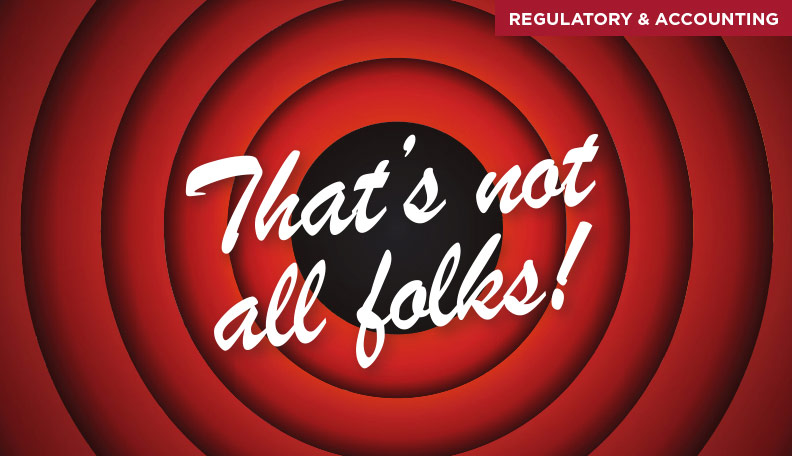
The Financial Conduct Authority has provided a helpful summary of the status of LIBOR fixings with effect from 31 December 2021.
The LIBOR settings that have ended are:
The one, three- and six-month sterling and Japanese yen LIBOR settings are deemed Article 23A benchmarks, meaning they are now permanently unrepresentative of the underlying market they seek to measure.
These six LIBOR settings are now calculated in a way that is generally referred to as ‘synthetic’ LIBOR. However, synthetic yen LIBOR will cease at the end of 2022 and availability of synthetic sterling LIBOR is not guaranteed beyond the end of 2022.
The remaining five US dollar LIBOR settings will continue to be calculated using panel bank submissions until mid-2023 but, broadly speaking, no new transactions are permitted to reference LIBOR in any currency.
LIBOR transition is not complete for most corporates. The tasks outstanding can be broadly split into ‘active transition’ and ‘unintended consequences’.
LIBOR benchmarks will continue to be phased out through 2022/23, so corporates need to move away from any references to LIBOR.
They need to be alive to risks if different instruments fall back to different reference rates or adopt differing market conventions.
Some issues for corporates to check include:
Progress with regards to transition away from LIBOR as a reference rate could be broadly summarised as either the end of the beginning (USD) through to the beginning of the end (GBP, JPY and CHF).
In any event, transition is largely incomplete and will likely remain on the treasurer’s agenda throughout 2022.
Sarah Boyce is associate director of policy and technical at the Association of Corporate Treasurers
This article was taken from the Issue 1, 2022 edition of The Treasurer magazine. For more great insights, log in to view the full issue or sign up for eAffiliate membership
